55%
Only about half of those who start college in the United States actually earn degrees. The disparity leaves experts wondering whether “soft skills” like grit, independence and perseverance might have as much to do with finishing college as IQ scores and academic prowess. As a result, schools are looking at ways to increase college readiness.
1 in 5
A record one-in-five U.S. households owed student loan debt in 2010, more than double the share two decades earlier and a significant rise from the 15% that owed such debt in 2007.
1970=11% 2013=30%
In 1970, when 11% of adult Americans had bachelor’s degrees or more, degree holders were viewed as the nation’s best and brightest. Today, with more than 30% with degrees, a significant portion of college graduates are similar to the average American — not demonstrably smarter or more disciplined.
45%
The number of college students taking at least one online course nearly doubled to 45% between 2008 and 2013.
From $9,000 to $30,000
The average cost of tuition and fees for the 2013–2014 school year was:
$30,094 at private colleges
$8,893 for state residents at public colleges
$22,203 for out-of-state residents attending public universities
Sources: Investors Business Daily, Labor Dept., Pew Research Center, Crux Research, the College Board
“For some people, [the] path to college is so easy that they can get into life and they’ve never really been challenged. I think they get into their 20s and 30s and they really feel lost — they feel like they never had those character-building experiences as adolescents, as kids, that really make a difference when they get to adulthood.”
— Paul Tough, author of “How Children Succeed: Grit, Curiosity and the Hidden Power of Character”

